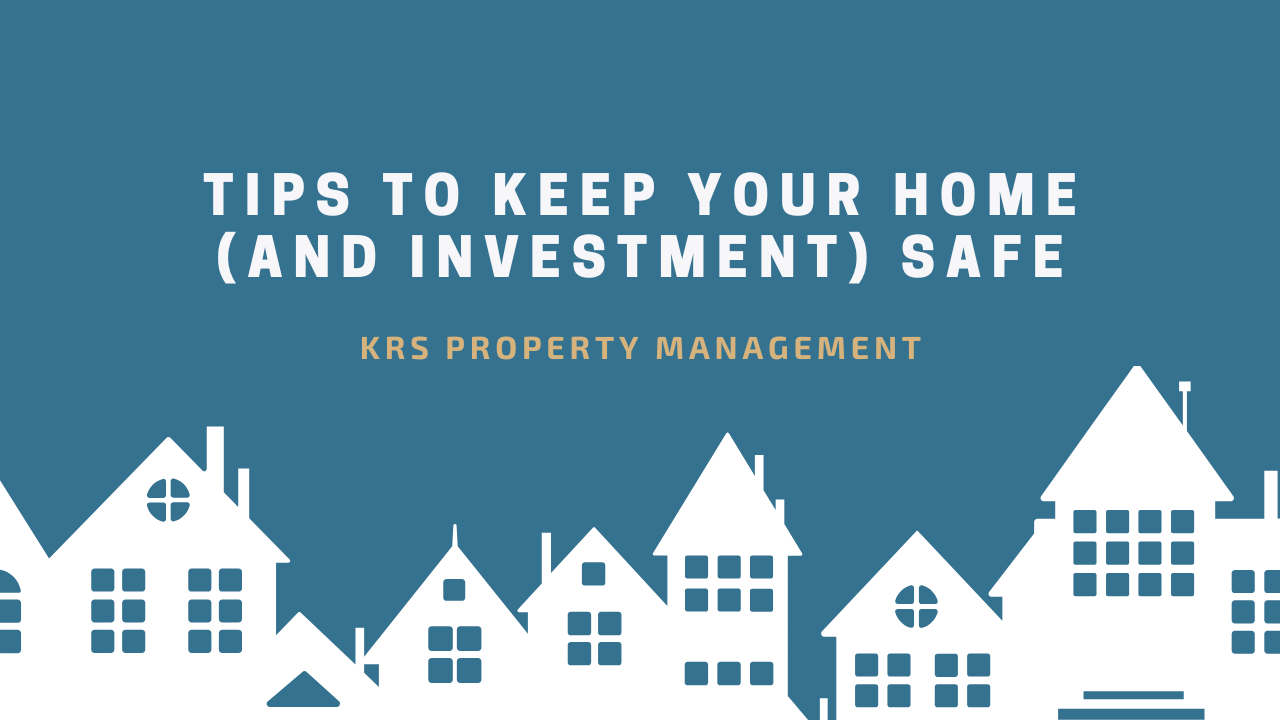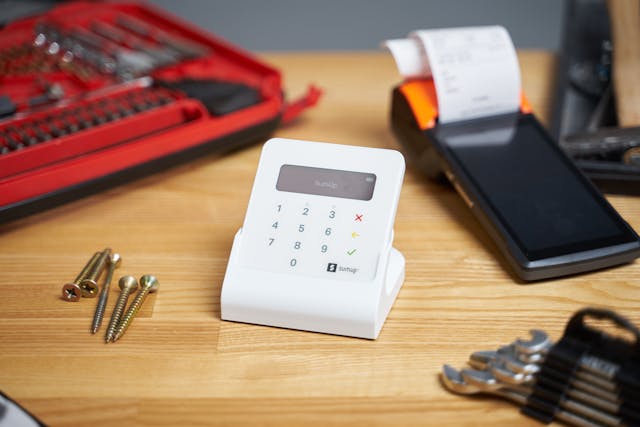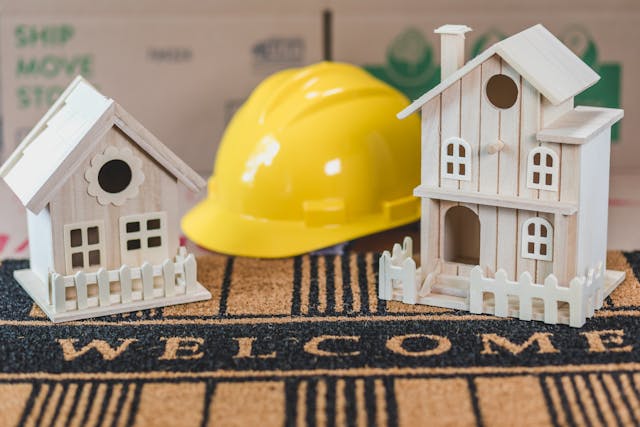
Key Takeaways
Proactive Safety Measures Protect Investments – Regular maintenance, inspections, and compliance with Texas safety standards help prevent costly damage and reduce landlord liability.
Weather and Emergency Preparedness Are Essential – Texas landlords must account for risks like floods, storms, fires, and extreme heat by reinforcing structures, securing utilities, and creating emergency plans.
Property Management Support Adds Value – Partnering with a professional property management company ensures ongoing safety, compliance, and tenant satisfaction while safeguarding long-term ROI.
Keeping your rental property safe is one of the most important responsibilities you have as a landlord. Safety protects your tenants, preserves the value of your home, and shields your investment from costly damage or legal problems.
In Texas, where properties face risks ranging from everyday wear and tear to severe storms, staying proactive is essential. A safe home not only reduces liability but also attracts tenants who want to stay longer.
KRS Holdings is here to walk you through some practical ways to protect your property:
Understand Local Risks
First, assess the risks specific to your region. Whether you own properties in San Antonio, Austin, Houston, or elsewhere, be aware of the natural hazards common to your area. Know whether your property lies in a flood plain, or whether hail or high winds are common. That understanding guides many of the safety investments you’ll make.
Regular Maintenance and Inspections
A proactive maintenance schedule is one of the most effective ways to prevent small problems from turning into big ones. Inspect roofs, gutters, siding, and drainage systems; ensure downspouts divert water well away from foundations; check that foundations have no significant cracks.
Regularly inspect plumbing for leaks, rust, or water pressure issues. Electrical systems should be checked for faulty wiring, burnt outlets, or overloaded circuits. HVAC units require seasonal servicing. All appliances supplied with the unit must be kept in a safe working condition.

Safety Devices & Building Standards
Texas law requires certain safety features. For example, smoke alarms must be installed in sleeping areas and common living areas, exterior doors should have secure locks, and windows need functional latches.
Where local statutes apply, you may also be required to install keyless deadbolts, view-holes, proper door hardware, or other security features. Ensuring that a property meets the minimum safety and habitability standards makes it safer for tenants and helps protect you legally.
Prepare for Weather Events & Natural Disasters
Because Texas faces diverse weather, being ready can make all the difference.
To prevent wind damage, reinforce roof structures, secure loose items, ensure roofing materials are properly fixed, and consider impact-resistant windows if storms are frequent. If your property is in or near a flood zone, raise appliances and electrical components above expected flood level; ensure drainage is sufficient and clear; install flood vents if required.
For extreme heat, ensure HVAC units are properly sized, shaded, serviced, and that insulation is adequate to keep cooling costs manageable. Even in regions less prone to snow or ice, occasional cold snaps occur, so check for pipe insulation. Following local building codes for all structural elements is essential.
Fire Safety
Ensure that every home has functioning smoke detectors, carbon monoxide detectors, and fire extinguishers in accessible places. Keep trees and vegetation trimmed far enough from structures so fire risk is reduced.

Clear gutters and roof valleys of leaves and debris and have clear evacuation points that are well maintained. Electric panels, heating sources, and utility vents should be inspected for fire risk.
Insurance & Financial Preparedness
Insurance is crucial when it comes to protecting investment properties. Carry adequate dwelling and liability insurance, and in areas prone to floods, consider flood insurance. Review coverage periodically; market values, materials, reconstruction costs, and local code changes may require adjustments.
Maintain a reserve fund for unexpected repair emergencies. Document all maintenance, inspections, repair work, and damage prior to tenant move-in and move-out so that insurance claims (if needed) and security deposit disputes are properly supported.
Exterior and Perimeter Security
Safety is not just about weather or internal hazards, it’s important to secure the exterior as well. Well-lit entryways and motion sensor lighting around doors, garages, walkways, or porches help deter crime.
Keep landscaping trimmed so that shrubs or trees do not provide concealment near windows or doors. Ensure gates, fences, outdoor stairways, porches, balconies are structurally sound. Locksmith quality door hardware and window locks help to reduce break-ins.
Emergency Planning & Preparedness
Even with all precautions, emergencies happen. Create and keep an emergency plan for each property. Include evacuation routes, shut-off points for electricity, gas, and water if needed, and a list of safety supplies.

Equip the property with basic emergency tools and supplies: fire extinguishers, first aid kits, flashlights, backup lighting, even small battery-powered radios. Teach tenants what to do in case of severe storms, flooding, or fires. Review the plan annually and after major events.
Monitoring and Improvement
Safety is not static. Periodically review your safety measures, maintenance history, and incident reports. After severe weather or natural hazard events in your area, check whether your properties did well or suffered avoidable damage.
Use those lessons to improve insulation, structural reinforcements, drainage, etc. Also monitor tenant feedback. If recurring issues are raised by tenants, don’t ignore them.
Working with a Professional Property Management Company
Partnering with a property management company is one of the smartest ways to keep your rental safe and protected. Property managers know local codes and safety requirements, handle inspections and repairs, and respond quickly when tenants report issues. They also coordinate service providers, keep documentation, and help reduce liability.
By managing preventative maintenance, they save you money on costly emergencies while attracting reliable tenants who value a well-kept home. Most importantly, they free up your time so you can focus on growing your investment instead of dealing with day-to-day safety concerns.
Bottom Line
Safety is the foundation of a successful rental property. These tips can help you protect both your investment and the people who live in it. A safe property is easier to manage, more attractive to tenants, and far more likely to generate steady returns over the long term.
If you want to make sure your rental homes are safe, compliant, and profitable without the stress of managing it all yourself, KRS Holdings can help. We specialize in protecting rental properties across Texas with expert maintenance, tenant support, and customized property management services.






